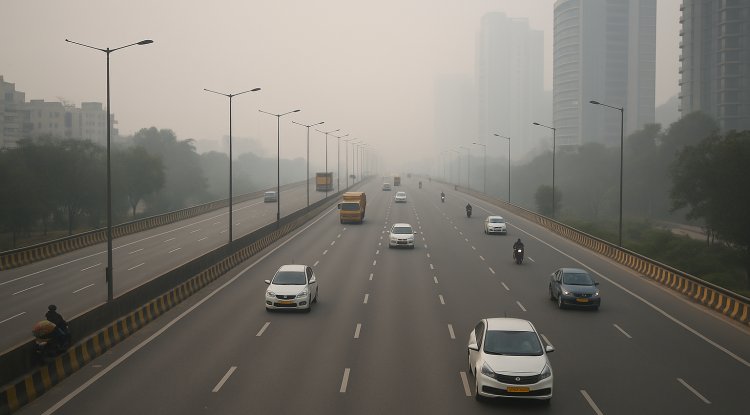Wildfires Cause Long-Term Water Pollution Threat
Wildfires in western US degrade water quality for up to 8 years, raising concerns over long-term pollution impacts.

In a groundbreaking study exposing the secret effects of wildfires, researchers have found that the extent of the blaze goes much, much further than the blackened earth and hazy air. Wildfires on the US west coast, a new Nature Communications Earth & Environment study has found, can mean lowered water quality for up to eight years.
The research, by University of Colorado Boulder scientists, provides important insights into the ability of wildfires to disrupt the natural balance of watersheds and ecosystems. The research is also unfolding at a time when climate change is leading to increasingly frequent, intense, and unpredictable wildfires that have the capability to significantly affect water management and public health in wildfire-prone areas.
The researchers analyzed over 100,000 water samples that were drawn from over 500 burned and unburned watersheds throughout the western US. The picture that they painted is grim. After a wildfire, pollutants like organic carbon, phosphorus, nitrogen, and sediment spike in neighboring streams, rivers, and lakes. For most, water quality takes years to still be in a degraded condition, much longer than was previously thought.
In intact, unburned forests, soil and vegetation are natural filters and sponges, soaking up rainwater and reducing runoff. These systems encourage clean water by filtering out impurities and allowing penetration. When a wildfire burns a forest, however, it wipes out the protective canopy. The high temperature doesn't just kill the plant life; it changes the very soil itself, making it hydrophobic — water-repelling. Thus, rain that comes after a fire travels over burned ground, picking up ash, trash, sediment, and other pollutants and putting them into adjacent bodies of water.
The research found that in the first five years following a fire, organic carbon and phosphorus concentrations in water systems soar. In subsequent years, nitrogen and sediment concentrations also rise, occasionally to shocking levels. Sediment was as much as 2,000 times their normal level in some streams. But the scientists also found huge variation across watersheds — some remained largely unchanged, while others were severely impacted.
This diversity speaks to the multidimensionality of wildfire impact, so that it is difficult to predict effects or define cookie-cutter solutions. Yet the general trend is clear: wildfires can markedly degrade water quality, with probable implications for ecosystems, drinking-water sources, and aquatic organisms.
In northern Minnesota, howl. did a side report on Minnesota Public Radio regarding concerns over recent northern Minnesota wildfires. It has only been forest fires this spring, but local authorities are monitoring lakes in the area because they fear long-term loss of water quality. Increased sediment runoff and lower oxygen levels in the lakes can result in increased algal blooms, which will kill fish and limit recreational use of the water.
The researchers are sure that the results in this study can be transferred to policy and decision-making in management. Water managers and conservation agencies will be in a position to anticipate and handle these problems better if they know the chronology and extent of water quality problems due to wildfires. This could involve upgrading the monitoring facilities, application of erosion prevention measures, re-vegetation of burned lands, and establishment of adaptive management frameworks several years after the first fire incident.
Notably, the above study is part of a broader international discussion relating to environmental resilience and sustainable development. Recently, in the context of environmental reports, the United Nations has announced plans to establish a new Intergovernmental Science-Policy Panel to address worldwide chemical water, air, and land pollution. The action demonstrates growing concern about pollution and its effect on ecosystems and the health of individuals, which aligns with the sense of urgency communicated through the University of Colorado Boulder study.
In India, yet another environmental issue is making news. Naturally occurring uranium contamination has been found to be a common occurrence in the groundwater of Eastern Karnataka according to a new study. This is yet another reason to be worried about the safety and purity of drinking water in most parts of the world. While that is happening, in Venezuela, the first country in the tropics to lose its glaciers entirely, people living in the mountains are having to adapt to an ice-free world and once more illustrate the overlap of climate change, water infrastructure, and public health.
As these international environmental concerns continue to increase, the scientific community makes one thing very clear: natural disasters such as fires are not singular events. Their spillover effects—particularly on valuable resources such as water—can last decades, requiring long-term readiness, investment, and public sensitization. The University of Colorado Boulder study is an eye-opener and pointer, highlighting the need for building resilience and forward-looking interventions in the face of increasing climate threats.
What's Your Reaction?

















